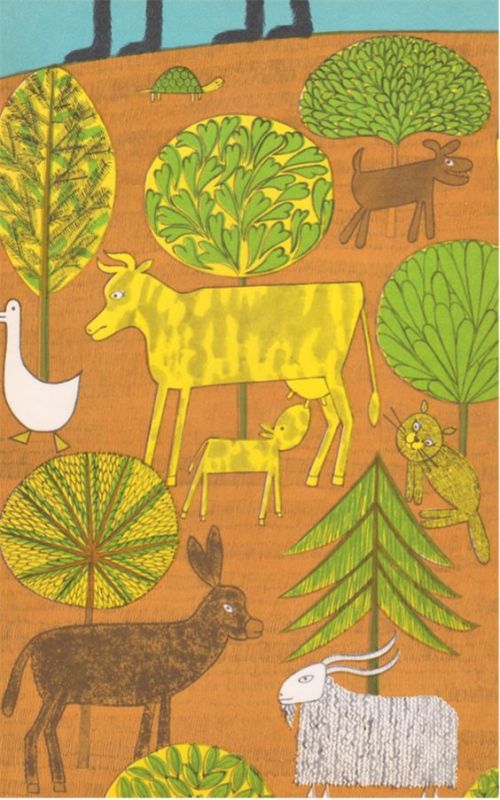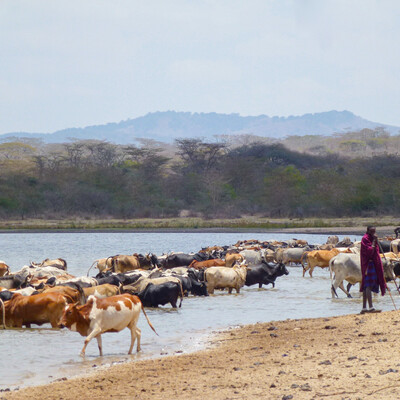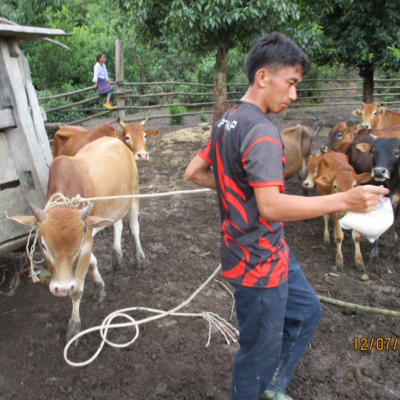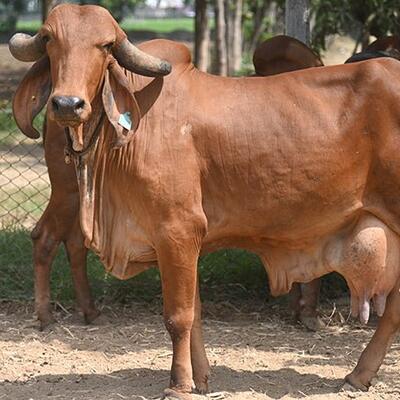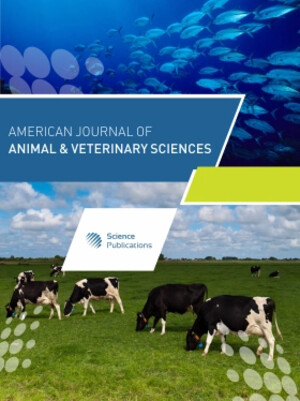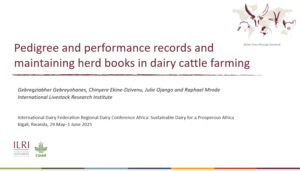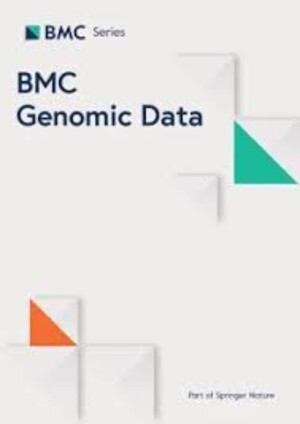
Livestock and trees: A more perfect union
Illustration by Remy Charlip via Pinterest: Cover of Four Fur Feet, written by Margaret Wise Brown.
Livestock provide ecological services too great to warrant their complete removal from the landscape.
‘. . . Sequestering carbon has become a topic essential to the broader conversation about how our planet might survive the escalating effects of climate change. Livestock are frequently demonized as the enemy of this process. That’s partly because raising animals for meat and dairy accounts for 5 percent of global carbon dioxide emissions; unsurprisingly, study after study—including the United Nations’ most recent, bleak climate report—affirms that humans need to reduce consumption of animal-based products in order to fend off planetary disaster. This has led to the advent of a booming industry centered on plant-based “meats” and “milks,” buoyed by a rallying cry from some quarters to abolish meat and cheese and butter and eggs from our diets wholesale. . . .
‘And yet, research also confirms that livestock provide ecological services too great to warrant their complete removal from the landscape.
‘Properly managed under the right confluence of conditions, cattle, hogs, sheep, goats, and chickens can help mitigate degraded soils and restore healthy ecosystems, which helps lock carbon deep in the ground. About 40 percent of ice-free land on earth is considered grazing land, which sequesters about 30 percent of our planet’s carbon pool.
‘Project Drawdown, a group of international scientists focused on climate research, lists silvopasture, a form of livestock production that comingles trees with pastureland, number nine on its list of 80 modeled solutions to reverse climate change. It lists managed grazing . . . at number 19. . . .
‘Every plant plays the vital function of removing carbon dioxide from the atmosphere, via photosynthesis. Using sunlight’s energy, the plant fuses that carbon with hydrogen and oxygen to make carbohydrates, which it moves into the soil through its roots. (It also maintains some carbon in its own leaves and shoots and stems.) The roots feed the carbohydrates to dirt-bound fungi; in return, the fungi feed minerals back to the plant. As Mother Earth News describes it, “This invisible partnership…is the foundation of the terrestrial carbon cycle, as plants incorporate carbon from atmospheric carbon dioxide into carbohydrate biomass.”
‘The longer a plant’s roots, the deeper it can sequester carbon in the soil and the more efficiently it can hold it there. A healthy grassland, with a diversity of region-specific native grasses . . . can create deep carbon sinks. Managing grasslands well also contributes to carbon storage other ways: by building up soil health to make land more resilient to extreme events . . . .
‘Trees generally capture and store more carbon than grasses and shrubs. Size, density and longevity all factor into this ability; tropical staple crop trees are especially good at it. And tropical forests sequester half our terrestrial carbon—about 470 billion tons worth.
‘Often working against these heroic efforts on the part of plants and trees, though, is agriculture. To produce some of the food we need in order to live, we disturb or destroy our carbon-storing ecosystems. We run animals through them in unsustainable ways, or we chop them down and plow them up to raise monocultures of crops like corn and soy—some of them to feed livestock, others to produce the fake meat that’s meant to replace real meat—that require still more plowing, as well as the application of chemicals that kill beneficial soil bacteria, fungi, insects. The land becomes degraded, and carbon-poor.
Improbable and illogical as it may seem, livestock can help. . . . If managed grazing could be amped up worldwide, it could sequester over 16 gigatons of carbon by 2050.
‘According to Project Drawdown, livestock grazing occupies one-quarter of land area in the world—some 3.3 billion hectares. It estimates that 79 million hectares already employ managed grazing . . . . If managed grazing could be amped up worldwide, it could sequester over 16 gigatons of carbon by 2050. . . .
‘Project Drawdown estimates that silvopasture can sequester almost two tons of carbon per acre per year, making it one of the most effective carbon-storing tools in agriculture. . . .’
Finding flexible solutions to land usage, plus more good land on which to grow food, is essential to our survival. . . .
[L]ivestock in the right places, using thoughtful methodologies, just may be able to feed us and feed the soil—all while helping us meet carbon and other climate goals.
Read the whole article by Lela Nargi in JSTOR: Can cows help mitigate climate change? Yes, they can!, 19 Dec 2018.






